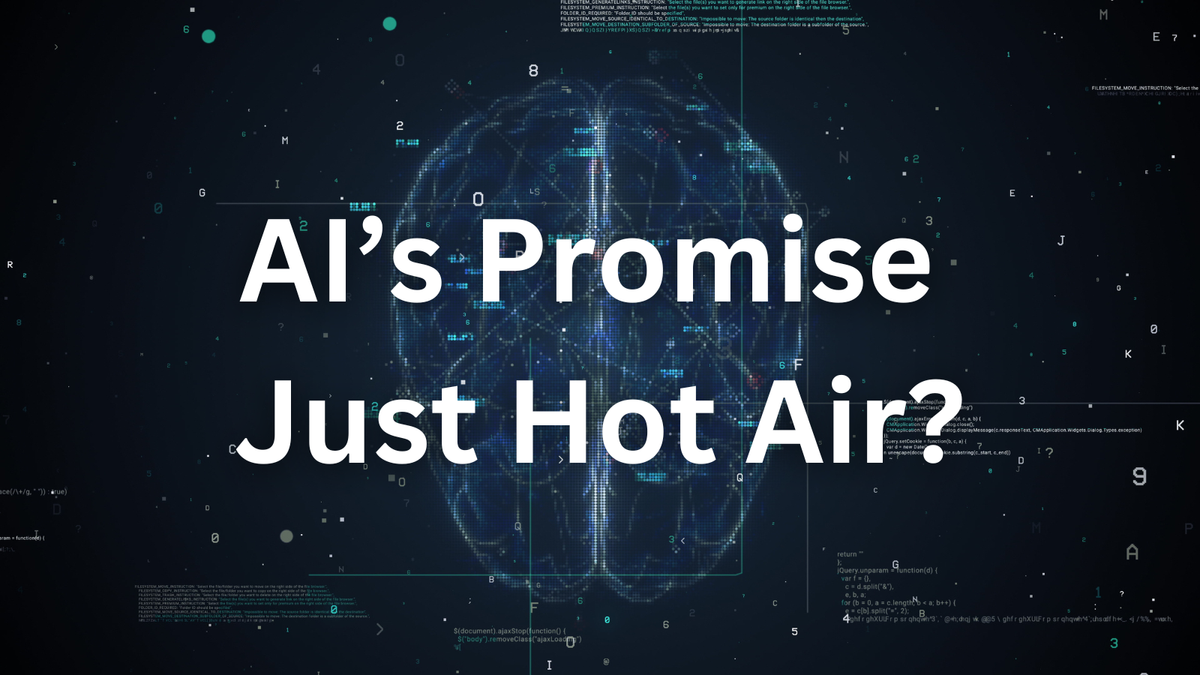Is AI’s Promise Just Hot Air? The Stark Reality Behind the Hype

AI’s grand visions clash with energy grids, water supplies, and public trust. Can the tech industry course-correct before reality bites? Artificial intelligence promises to revolutionize industries, but its skyrocketing energy demands and environmental costs are sparking alarm. From draining water reserves to straining power grids, the gap between AI’s ambitions and its tangible impacts is widening. Let’s dive in.
🌍 AI’s Insatiable Appetite: Power, Water, and Public Backlash
- Energy Glutton: Training a single AI model like GPT-4 consumes ~1,300 megawatt-hours—enough to power 130 US homes for a year.
- Water Wars: Microsoft’s Iowa data centers used 11.5 million gallons of water in July 2022 alone, equivalent to 17 Olympic-sized pools.
- Chip Lifespan Crisis: AI-specific GPUs burn out in just 4 years (vs. 10+ for traditional chips), creating e-waste mountains.
- Grid Overload: Northern Virginia’s data center hub faces 9% annual power demand growth—outpacing renewable energy adoption.

✅ Big Tech’s Counterattack: Nuclear, Geothermal, and Efficiency Leaps
- Microsoft & OpenAI’s Nuclear Bet: Partnering with TerraPower to build small modular reactors (SMRs) by 2030. Goal: 8GW of nuclear capacity for data centers.
- Google’s Geothermal Gamble: $1B investment in Enhanced Geothermal Systems (EGS) to power Nevada data centers with 24/7 carbon-free energy.
- Meta’s Efficiency Race: New Llama 4 model claims 50% less energy use via “sparse training” algorithms.
- Public Perks: Excess heat from Meta’s Denmark data center now warms 12,000 homes.
Feasibility Check: Nuclear faces 10-year timelines, while geothermal and efficiency gains offer nearer-term relief—but at limited scale.
🚧 Roadblocks: Regulation, Physics, and Public Pushback
- ⚠️ Nuclear NIMBY-ism: 68% of Americans oppose SMRs within 50 miles of homes (Pew Research).
- 🚧 Chip Efficiency Limits: Nvidia’s latest Blackwell GPUs only improve performance-per-watt by 25%—far below AI’s 100x annual compute growth.
- ⚠️ Water Rights Battles: Arizona now requires data centers to prove “no net water consumption” amid drought crises.
- 🚧 Grid Upgrade Costs: US needs $30B/year in transmission line investments to support AI growth—current spending: $9B.
🚀 Final Thoughts: Can AI Innovate Its Way Out of This Mess?
The path forward demands:
- 📈 Policy Partnerships: Tech giants collaborating with governments on grid upgrades and renewable incentives.
- ✅ Transparency Wins: Publicly reporting AI’s resource use could rebuild trust—and spur competition.
- 📉 Use Case Prioritization: Focusing AI on high-impact areas (e.g., medical research) over trivial applications.
What’s your take? Should we pump the brakes on AI until infrastructure catches up—or double down and innovate through the crisis?
Let us know on X (Former Twitter)
Sources: SpaceNews. Bridging the Gap Between AI Hype and Reality, 2024. https://spacenews.com/bridging-the-gap-between-ai-hype-and-reality/










